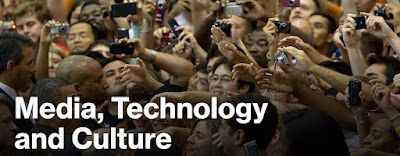A plan for improving technology, media, and culture would be beneficial for professional communicators of news media. Media professionals must embrace the latest technological advancements to enhance audience engagement. Effective communication requires an understanding of diverse perspectives and professional communicators should participate in cross-cultural training and sensitivity training. This can be done by collaborating with other professionals from diverse backgrounds to broaden their understanding.
Media professionals should prioritize the use of ethical guidelines using available resources to prevent the distribution of misinformation (Walker, 2021). News media professionals must prioritize verification and ethical sourcing methods to uphold standards of accuracy. This can be established by setting clear guidelines and investing in tools that cultivate a culture of transparency and accountability. Communications methods should strive to reflect diversity and inclusivity in content publications.
Technology has heavily influenced diverse audiences. Professional communicators should strive to be transparent about their sources, following a clear editorial process and ethical guidelines. This would involve publishing content that addresses concerns for specific cultural audiences. Media professionals should also commit to responsible technology use, refining data privacy methods, and adopting measures for content distribution that compliments a diverse global perspective (Filak, 2020) for consumers. The development of Artificial Intelligence technology should be implemented to support research, digital literacy, cultural implications, and public discourse.
Technology has a profound impact on communications of news media and social culture. Professional communicators can use technological advances to shape how we consume information, engage with others, and interact globally. While technology is constantly evolving, communicators must consider their work and how it impacts diverse audiences with global media engagement.
Reference:
Filak, V. F. (2020). Convergent Journalism: An Introduction (3rd ed.). Routledge. ISBN: 978-0367335373.
Vincent F. Filak, Ph.D., is a professor of journalism at the University of Wisconsin Oshkosh. He’s won several awards and teaches courses on media communications, writing, and journalism.
Walker, M., & Matsa, K. E. (2021, September 20). News consumption across social media in 2021. Pew Research Center. https://www.pewresearch.org/journalism/2021/09/20/news-consumption-across-social-media-in-2021/
Mason Walker is a Senior Research Analyst with several scholarly publications. He is known for his strategic and data-driven perspectives on media communications, journalism, and the dynamics of news.
Katerina Eva Matsa is the Director of News and Information Research. She focuses on analysis of news, consumer habits, behaviors, and consumption attitudes for the Pew Research Center.

Comments
Post a Comment